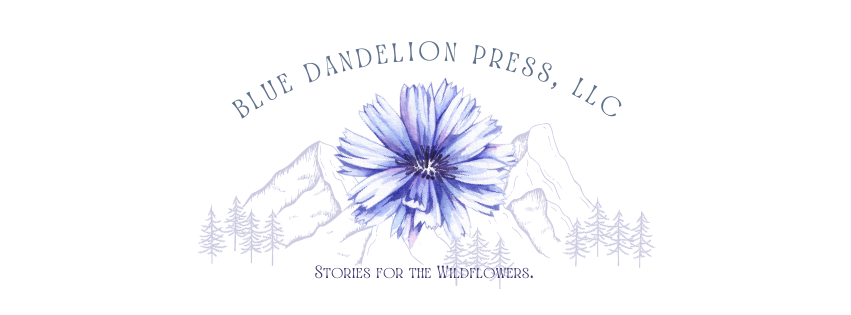Since embarking on this writing journey, I have learned a ton of lessons that I never would have thought about before. One thing I learned recently is how to flesh out your characters and understand their “goals, motivations, and conflicts” (GMC), and there can even be multiple GMCs in a story! That’s something recent that I learned. But throughout the journey so far, I have learned that, I like writing and words, and I really am not all that concerned with punctuation or sentence structure. . . whoops!
Fortunately, that doesn’t mean that I can’t be a writer, it just means that I will need to partner with a few other people in the literary community. It means I need a kick-butt Editor or several. Editors play the unique and vital role of ensuring that our writing makes sense before publication and thank goodness they do! This job isn’t always a one-stop shop though, sometimes multiple rounds of editing need to be completed, each with a slightly more fine-toothed comb to ensure that everything from the plot to the commas are all where they should be.
.png)
So, what types of editing are there and why is each so important?
4 Levels of Editing + Beta Readers
1. Developmental Editors
Also known as Content or Substantive editing, developmental editing is designed to look at the overall structure of the project. Editors take a “bird’s eye view” of the project and consider the content, language, and consistency of the storyline (“Types of editing”, 2023). When a Developmental Editor receives a manuscript, they are going to help ensure that the project flows smoothly and makes sense as the heroes and heroines progress through the story.
2. Line Editors
After making sure the project isn’t a bumbling mess of words that makes zero sense, the manuscript can be seen by a Line editor. Also known as “stylistic editing”, the terms “line edit” and “copy edit”, can be used for the same process since they have many similarities however, there are some differences that stand out (“Types of editors”, 2023). Line editors comb through the project line by line and check consistency throughout the manuscript, check sentence structure, and keep authors from using the same phrase repeatedly throughout the project (“Types of editors”, 2023).
3. Copy Editors
Copy editors are similar to Line editors within the idea of a funnel. If Line editors look at the broader picture, Copy editors narrow that focus down to look at word choice, punctuation, spelling, and capitalization. Cody editors look at the technical aspects of language to keep a project consistent with the language the story is written in (“Types of editors“, 2023).
4. Proofreaders
Proofreaders are pretty close to being the last stop before official production. Often, proofreaders receive a “galley proof”, or a test run of the book (“Types of editors”, 2023). This test run book is basically like a dress rehearsal for official publication. Proofreaders may receive the galley proof to look over and verify that everything from the typeset to the design and all of the words in between, is consistent and stylistically ready for publication (“Types of editors”, 2023)
So that’s it right? The book is ready for publication and either the traditional publisher or the independent press can run 22,000 copies of the book and everything will be hunky-dory? Not quite.
5. Beta Readers
A great next step, before publication, is to find some willing individuals to read your book cover to cover and give you honest feedback. Beta readers can sometimes be the key to finding out exactly how the consumer market is going to respond to your book. These readers can provide vital feedback on reader emotions and feelings about the book, whether they felt they could relate to the characters, if those characters felt well-rounded or flat, and the pacing of the story among other things.
Editors and beta readers can take a great basic concept and help an author turn their project into something that people actually want to take the time to read. These are some great editorial options, especially for self-publishing or independently published individuals as traditional publishing has more layers in preparing a book for publication. Editors can also be found in professional settings AND freelancing, so make sure to do your homework and find the editors that fit your personality and that of your book. Regardless, editors like those above can help flesh out your story and assist you in introducing the world to your characters.
Happy Reading!
References
Types of editing. Institute of Professional Editors Limited. (2023, September 18). https://www.iped-editors.org/about-editing/types-of-editing/
Types of editors. GCU. (2023, April 10). https://www.gcu.edu/blog/language-communication/types-editors



Leave a Reply